Growing Blue Porterweed Seeds: Tips for Success
Growing Blue Porterweed Seeds - A Guide for Gardening Enthusiasts!
Blue porterweed is a beautiful flowering plant that can be grown from seeds. In this article, we will cover three important aspects related to blue porterweed seeds. First, we will explore the process of growing these seeds and provide some tips to ensure successful growth. Then, we will discuss the best way to collect the seeds from mature plants. Finally, we will provide some options for where to purchase the seeds, so you can start growing this stunning plant in your garden.
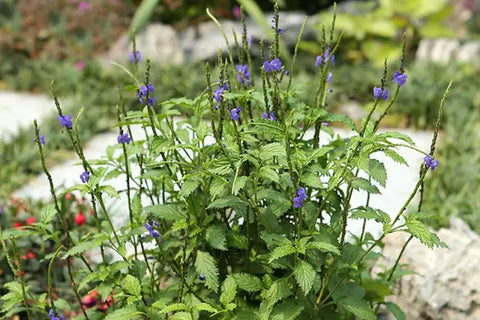
Growing Blue Porterweed Seeds - A Guide for Gardening Enthusiasts!
1. How to grow blue porterweed seeds
2. How to collect porterweed seeds
3. Where to buy blue porterweed seeds?
4. Finally,
1. How to grow blue porterweed seeds
If you are interested in growing blue porterweed from seeds, the following steps can help you get started:
1.1 Obtain seeds
You can obtain these seeds from a reputable garden center or online seed supplier. Make sure that the seeds are fresh, viable, and suitable for your growing zone.
1.2 Germinate seeds
These seeds can be germinated indoors or directly in the garden. If you choose to start them indoors, fill a seed tray or small pots with a good quality seed-starting mix. Moisten the soil, but don't saturate it, and then sprinkle the seeds on top. Cover the seeds lightly with soil or vermiculite, and then mist them with water. Keep the soil moist and warm (between 70-80°F) until the seeds germinate, which should take about 10-14 days.
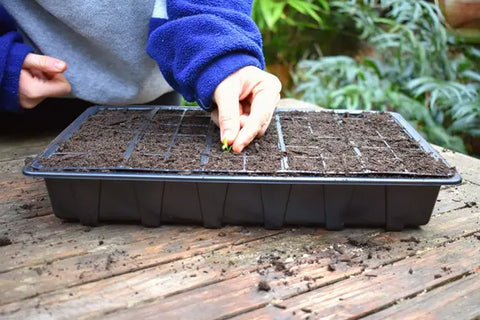
1.3 Transplant seedlings
Once the seedlings have sprouted and grown their first true leaves, they are ready to be transplanted into larger pots or directly in the garden. Choose a location with well-drained soil that receives full sun or partial shade. Blue porterweed can tolerate a range of soil types but prefers slightly acidic to neutral soil (pH 6.0-7.0). If transplanting into the garden, make sure to space the seedlings about 12-18 inches apart.
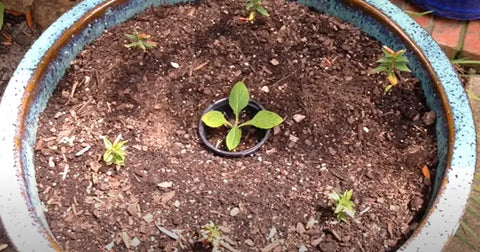
1.4 Water and fertilize
Blue porterweed prefers regular watering but can tolerate short periods of drought. Once a week, or more frequently if the weather is hot and dry, thoroughly water the plants. Avoid overwatering as it can cause root rot. You can fertilize the plants with a balanced, slow-release fertilizer once a month, or use a liquid fertilizer every two weeks during the growing season.

1.5 Prune and maintain
This plant can grow up to 3-4 feet tall and wide, and benefits from occasional pruning to promote bushier growth and prevent legginess. You can pinch back the tips of the stems when the plants are young, and then prune them back by about one-third in early spring or late fall. Remove any dead or diseased stems as needed.
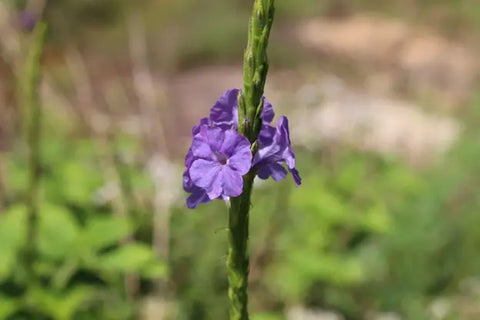
By following these steps, you can grow blue porterweed from seeds and enjoy its beautiful blooms and pollinator-friendly properties in your garden.
2. How to collect porterweed seeds
Collecting porterweed seeds is a simple process that you can easily do at home. The best time to collect seeds is in the fall when the flowers have finished blooming and the seed pods have formed. The following steps will guide you on how to collect porterweed seeds:
1. Identify mature seed pods: Look for the spent flowers on the porterweed plant that have started to dry up and form a small seed pod. The seed pod will be small, green or brown, and oval in shape. You may need to examine the plant closely to spot the seed pods.
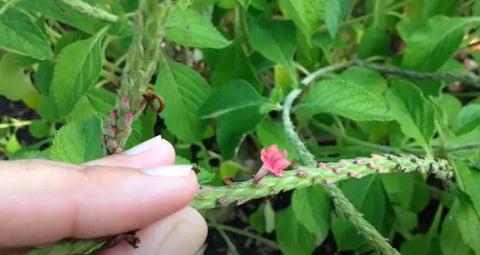
2. Allow the seed pods to mature: Leave the seed pods on the plant until they have turned brown and dry. This can take several weeks, depending on the weather and the maturity of the plant. The seed pods will split open when they are ready to be collected.
3. Collect the seeds: Once the seed pods have dried and split open, gently shake the plant or use your fingers to remove the seeds. The seeds will be small and black and may be slightly sticky or fuzzy. You can collect the seeds in a small container or envelope.
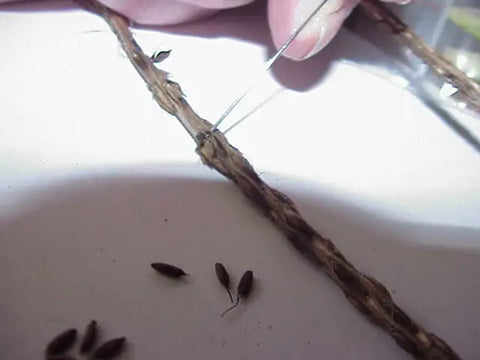
4. Dry the seeds: Spread the collected seeds on a paper towel or a tray and allow them to dry in a cool, dry place for a few days. This will help to remove any moisture and prevent mold or mildew from forming.
5. Store the seeds: Once the seeds are completely dry, store them in a sealed container or envelope in a cool, dry place. You can also label the container or envelope with the name of the plant and the date of collection.
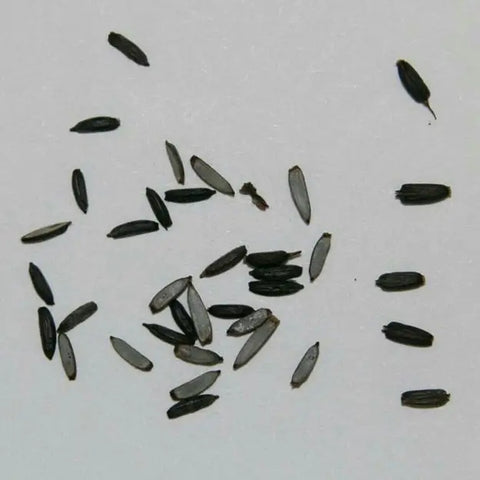
By following these steps, you can collect porterweed seeds and use them to propagate new plants in your garden. Keep in mind that seeds collected from hybrid or cultivar plants may not produce plants with the same characteristics as the parent plant. It's always best to collect seeds from heirloom or open-pollinated varieties for reliable results.
3. Where to buy blue porterweed seeds?
These seeds can be found at a variety of sources such as local nurseries or garden centers, online seed suppliers, and e-commerce platforms like Amazon, eBay, and Etsy. When purchasing blue porterweed seeds, make sure to choose a reputable supplier and check the seed packet for information on the plant's growing requirements, such as sun exposure and soil type. Also, keep in mind that blue porterweed is a tropical plant and may not be suitable for growing in colder climates.
If you are considering high-quality seeds, TheRike could be the suitable one. TheRike is a brand that sells a wide range of seeds, including blue porterweed seeds. In addition, we also provide premium seeds that are non-GMO and organic, which can ensure the success of your gardening projects.
4. Finally,
Growing blue porterweed seeds can be a great experience for any gardener. With the right techniques and knowledge, you can successfully grow this stunning plant in your own garden or indoor space. Collecting the seeds from mature plants is also an easy process, and purchasing high-quality seeds from reputable sources can help ensure successful growth. Follow our tips and tricks for growing and collecting these seeds, and start enjoying the beauty of this wonderful plant today!





Leave a comment